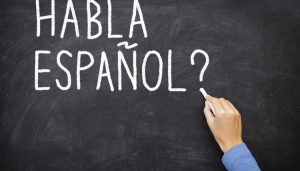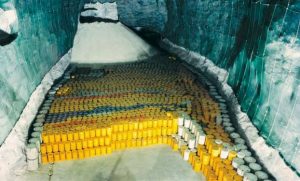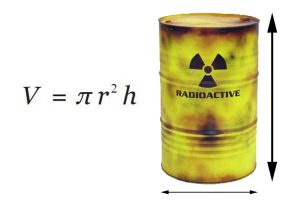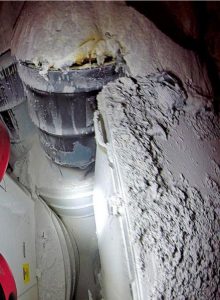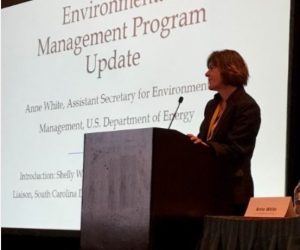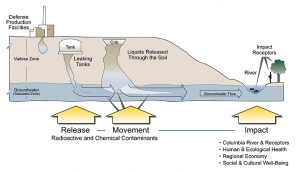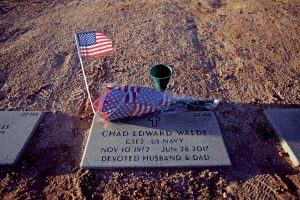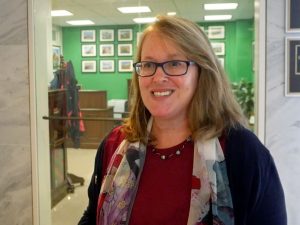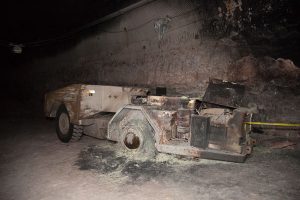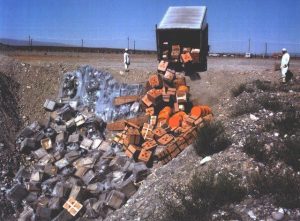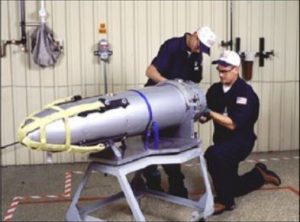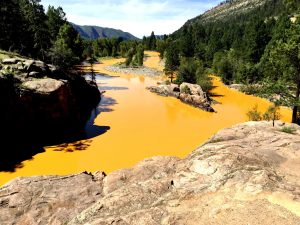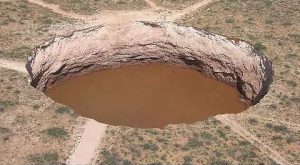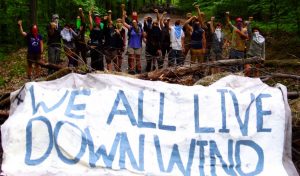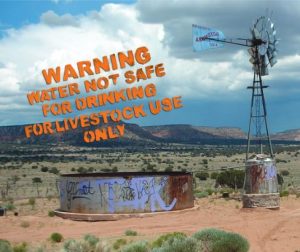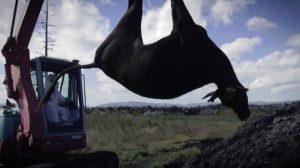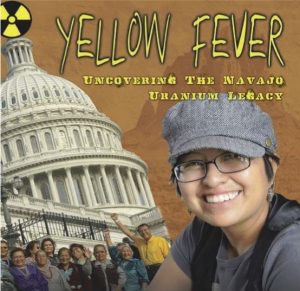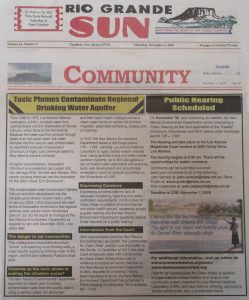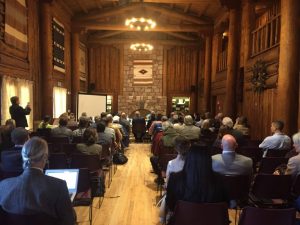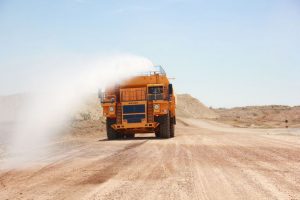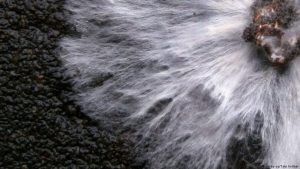![]() This week, 23 New Mexico non-governmental organizations (NGOs) submitted a letter to the New Mexico Environment Department requesting the agency take specific steps to strengthen its overall public outreach and its engagement with people who do not speak English proficiently – about 10 percent of the population. 18-12-17-SecondRequest-CommunityLetter-NMED_NS_CARD_1707015
This week, 23 New Mexico non-governmental organizations (NGOs) submitted a letter to the New Mexico Environment Department requesting the agency take specific steps to strengthen its overall public outreach and its engagement with people who do not speak English proficiently – about 10 percent of the population. 18-12-17-SecondRequest-CommunityLetter-NMED_NS_CARD_1707015
In February, the Department released three policies in response to an Informal Resolution Agreement reached between the Environment Department and the Environmental Protection Agency (EPA), External Civil Rights Compliance Office.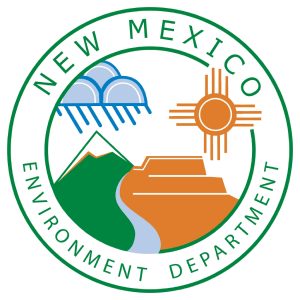 The January 2017, Informal Resolution Agreement responded to a Title VI civil rights complaint filed in 2002 by Citizens for Alternatives to Radioactive Dumping (CARD) about the Department’s discriminatory practices during the hazardous waste permit hearing for Triassic Park, a proposed dump located east of Roswell. https://nuclearactive.org/epa-reaches-informal-resolution-of-14-year-old-civil-rights-complaint-against-nmed/
The January 2017, Informal Resolution Agreement responded to a Title VI civil rights complaint filed in 2002 by Citizens for Alternatives to Radioactive Dumping (CARD) about the Department’s discriminatory practices during the hazardous waste permit hearing for Triassic Park, a proposed dump located east of Roswell. https://nuclearactive.org/epa-reaches-informal-resolution-of-14-year-old-civil-rights-complaint-against-nmed/
NMED regulates hazardous waste facilities, and issues permits allowing the discharge of pollutants into groundwater, among other regulatory activities. The NGOs also asked for a meeting with the Department, soon after the Lujan Grisham Administration takes office, to discuss their requests.
The community groups also acknowledged the Department had made important improvements to public processes since the Informal Resolution Agreement was reached. Based on the groups’ experience, however, these additional improvements are necessary to provide a meaningful opportunity to engage in the Department’s public processes for all New Mexicans.
The letter requests the Department to make specific changes to the public participation and limited English proficiency policies. The policies were initially released without any public input, despite the fact the Department was asked by community organizations to solicit public input before they were released. The Department has since invited public input as part of an annual review process.
In the letter, the community groups provided specific recommendations for how the polices can be improved to ensure that all New Mexicans have a meaningful opportunity to participate in the Department’s public processes as required by law. The recommendations include examples from recent public hearings, including the groundwater discharge permit for Waste Control Specialists, a waste dump located in Texas, allowing discharges into New Mexico; the proposed modification of the hazardous waste permit for the Waste Isolation Pilot Plant; and two groundwater discharge permits for Los Alamos National Laboratory.
These recommendations are particularly important given that over 35 percent of the population speaks a language other than English at home. Many of the communities most impacted by polluting industries have an even higher proportion of people with limited English proficiency.
The requests include providing the public with an opportunity to give input about the Public Involvement Plans that are formulated by the Department before a draft permit is issued for public comment. The request seeks to ensure that the Department’s public engagement strategy is appropriate for the affected communities by requiring more communication with community leaders before the permitting process begins. Other requests include: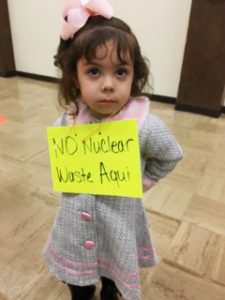
- Clearly define what “vital” documents will be translated in permitting processes, including draft permits or summaries of draft permits and fact sheets;
- State clearly how people who do not speak English proficiently can access an interpreter before, during, and after public hearings processes;
- Include in the policies and in training of Department staff that the public should be involved early and often throughout the public engagement process, as recommended by EPA guidance;
- Consult and work with community groups throughout permitting processes, in accordance with EPA guidance;
- Affirmatively work to address low turn-out of people who do not speak English proficiently, in accordance with EPA guidance;
- Budget for adequate interpretation and translation at an agency level; and
- Apply the policies to NMED contractors and subcontractors.
The letter was drafted as part of the legal representation of CARD by Nicole Sanchez, clinical law student at the University of New Mexico Natural Resources and Environmental Law Clinic, working under the supervision of Professor Gabe Pacyniak, together with Marianne Engelman-Lado, who is of counsel with the Poverty and Race Research Action Council (PRRAC). http://lawschool.unm.edu/clinic/sections/natural-resources-and-environmental-law-clinic.html and https://prrac.org/
The 23 community organizations that signed onto the letter are: Albuquerque Center for Peace and Justice, Alliance for Environmental Strategies (AFES), Amigos Bravos, Citizen Action New Mexico, Citizens for Alternatives to Radioactive Dumping (CARD), Concerned Citizens for Nuclear Safety (CCNS), Concerned Citizens for Wagon Mound and Mora County, Earthjustice, Gila Resources Information Project (GRIP), Los Jardines Institute, Multicultural Alliance for a Safe Environment (MASE), New Mexico Environmental Law Center, New Mexico Interfaith Power and Light, Partnership for Earth Spirituality (PES), Nuclear Watch New Mexico, Rio Grande Waterkeeper, San Juan Citizens Alliance, Southwest Organizing Project (SWOP), the Sustainable Energy and Economic Development Coalition (SEED), Tewa Women United, Tularosa Basin Downwinders Consortium (TBDC), Western Environmental Law Center and Wild Earth Guardians.

